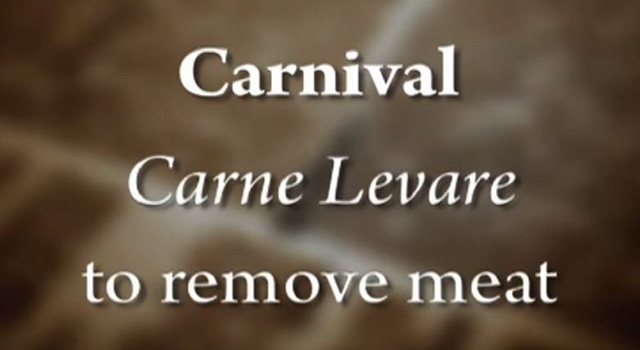By Communications Department - Archdiocese of Miami
Editor's note: This was first posted on the archdiocesan website at the start of Lent 2016.
As Lent approaches, so do the celebrations of "carnival" which culminates in Mardi Gras (Fat Tuesday). Curious about how this tradition got started? Check out this celebration's deeply Catholic roots by watching the video linked here. If you prefer to read an abridged transcription of the video, see below.
The most popular celebration of Carnival in the U.S. began in Louisiana in 1837, the year of the first street parade. For over 175 years, millions of tourists and locals have participated in the festivities, particularly in New Orleans’ French quarter.
The parades consist of marching military and school bands, mounted law enforcement, and floats holding brightly decorated krewe members who throw doubloons, beads and other items to people lining the streets. All these elements are meant to intensify the carnival atmosphere.
The word carnival comes from the Latin carnelevarium which means the removal of meat. This period of celebration has its origin in the need to consume all remaining meat and animal products, such as eggs, cream and butter, before the six-week Lenten fast.
Since controlled refrigeration was uncommon until the 1800s, the foods forbidden by the Church at that time would spoil. Rather than wasting them, families consumed what they had and helped others do the same in a festive atmosphere.
Several countries around the world have well-known carnival celebrations, including France, Germany, Spain, Portugal, and Trinidad.
Carnival celebrations in Venice, Italy, began in the 14th century. Revelers would don masks to hide their social class, making it difficult to differentiate between nobles and commoners. Today, participants wear intricately decorated masks and lavish costumes often representing allegorical characters while street musicians entertain the crowds.
But arguably, the most renowned Carnival celebrations take place in Brazil. In the mid 17th century, Rio de Janeiro’s middle class adopted the European practice of holding balls and masquerade parties before Lent. The celebrations soon took on African and Native American influence, yielding what today is the most famous holiday in Brazil.
Carnival ends on Mardi Gras, which is French for Fat Tuesday�the last opportunity to consume foods containing animal fat before the rigors of Lent’s fast begin.
In addition to preparing their homes for Lent by eliminating meat and dairy products, Catholics prepare themselves spiritually by ridding themselves of sin by receiving the sacrament of reconciliation. The day before Ash Wednesday is called Shrove Tuesday, from the archaic English word shrive, which means hear confession.
This information comes from MassExplained, an educational app developed by a South Florida Catholic, Dan Gonzalez. In 2013, Mass Explained became the first app to receive an imprimatur � seal that it is free from doctrinal error � from Archbishop Thomas Wenski, as well as an okay from the U.S. bishops’ Committee on Divine Worship.

